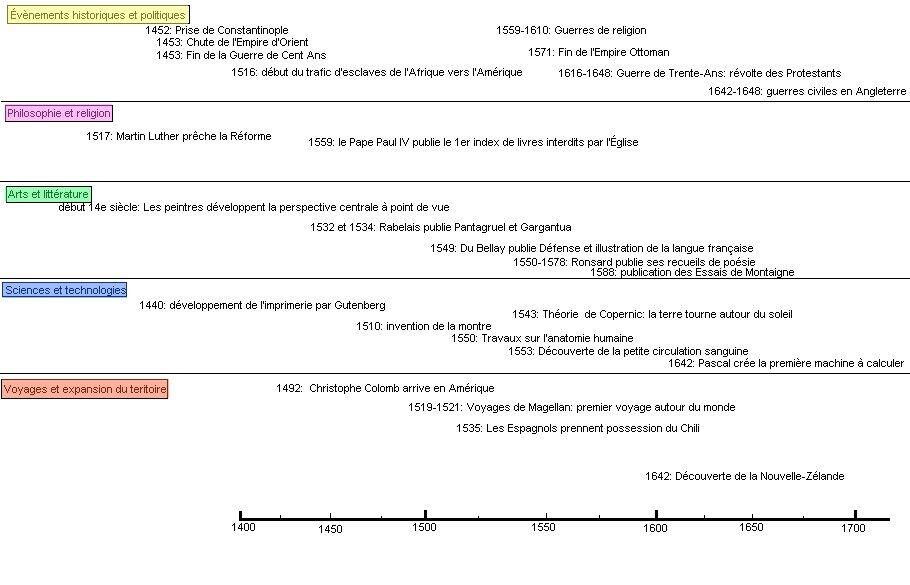The concepts covered in this sheet go beyond those seen in secondary school. It is intended as a supplement for those who are curious to find out more.
For around 100 years, the French and English kingdoms fought successive wars. The two nations fought for control of the territory. During the long years of war, there was a succession of alliances and betrayals, as well as several battles over succession and power.
The year 1453 marked the end of the Hundred Years' War. It could also be used to designate the beginning of the Renaissance. Indeed, a few years after the end of the war, France and England experienced a marked demographic and economic recovery.
The Renaissance was above all an artistic, philosophical and scientific movement that originated in Italy. The end of the Hundred Years' War is thought to have encouraged the emergence of innovations in France and England.
This sudden renewal can be explained by the capture of Constantinople. Constantinople was one of the last cities where the culture of Antiquity had been preserved. Constantinople also served as a bulwark between the Christian societies of Europe and the Muslim societies of the Middle East.
In 1453, after a long siege, the city was taken from the Europeans by the Ottoman Empire. The capture of Constantinople changed Italy's commercial habits and stimulated the arrival of new sciences. By virtue of its geographical location, Constantinople served as a bridge between the West and the Far East. Controlling the city necessarily meant controlling trade between these two regions of the world, and even paved the way for trade in Asia.
Before the capture of Constantinople, this advantage fell to the merchants of Venice. After the capture of the city, Western merchants found it more difficult to establish trade links with the East.
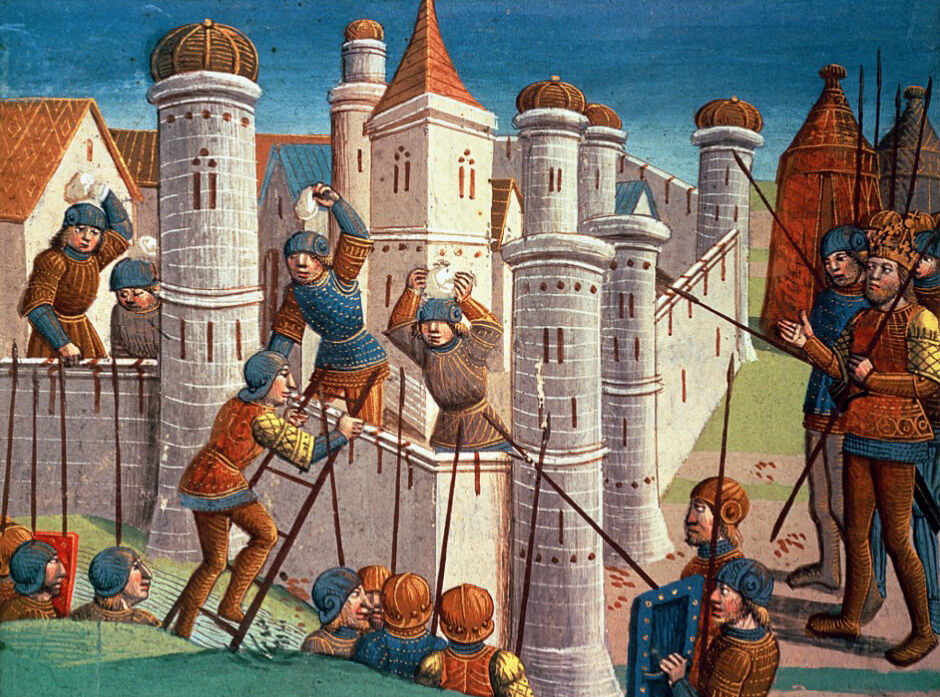
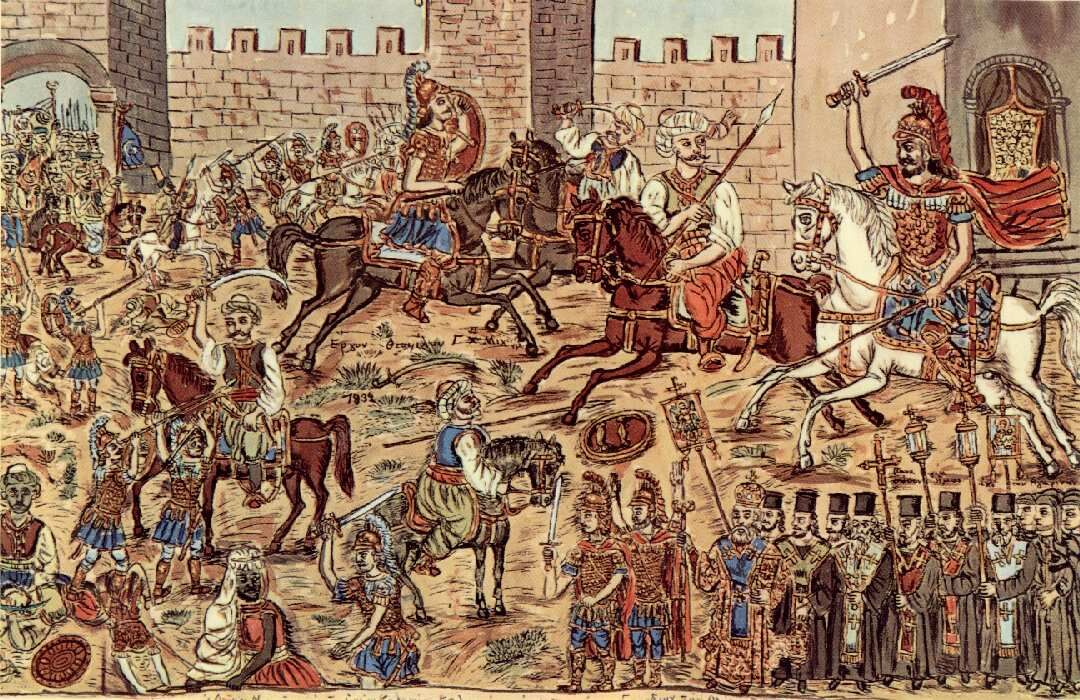
One of the consequences of the capture of Constantinople was the arrival of a number of scholars and artists in Italy. Indeed, many of Constantinople's inhabitants fled the city for Italy. They brought with them their scientific knowledge, their artistic practices and several manuscripts of texts from Antiquity.
The Italians rediscovered books and manuscripts that had been forgotten during the Middle Ages: texts by Plato, Aristotle and the ancient poets. Some of these authors had not been completely forgotten during the Middle Ages, but the Catholic Church had modified several aspects of them. The ideas and philosophies of Antiquity reappeared as they had been conceived, marking the beginning of the artistic and philosophical Renaissance.
The other consequence of the capture of Constantinople came from trade. Traders had now lost their link with the countries and riches of Asia. This loss prompted several countries to embark on maritime exploration. The primary aim: to discover a new route to Asia. The effects: development of scientific tools, development of cartography, development of navigation techniques, discovery of new continents, etc. People now wanted to understand how the world worked and discover what they didn't know. It was the beginning of the scientific Renaissance, of the discoverers, and of the desire to learn more and more.
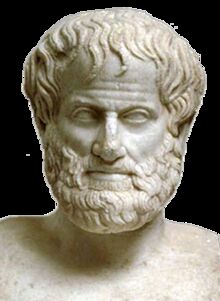
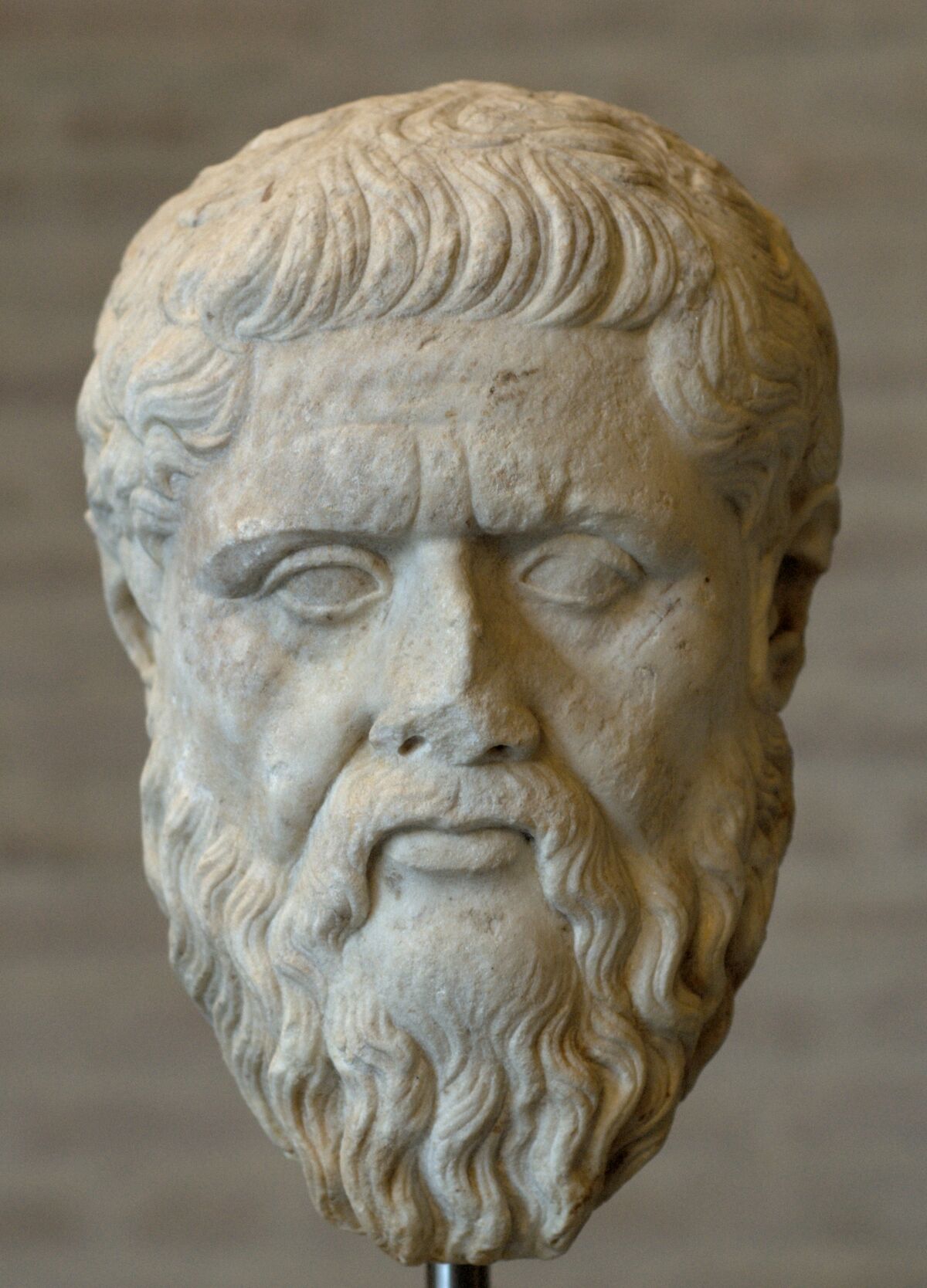
One of the elements of the Renaissance was the rediscovery of texts from Antiquity. Not only were these texts read and studied anew, but they also contributed to the creation of a new philosophy.
While texts from Antiquity were read with suspicion and contempt during the Middle Ages, they were regarded with great importance during the Renaissance.
It should be remembered that in the Middle Ages, these texts were denigrated because they did not conform to Christian dogma. During the Renaissance, not only were the major works of Antiquity taught in colleges, but people also considered that ancient mythology served greatly to develop a sense of morality and wisdom. This is why many artists (painters, sculptors, poets) drew inspiration from mythology to create their works. The Renaissance was a time when ancient texts were read with a more open mind.
The philosophy associated with the Renaissance is humanism. This word encompasses several ideas that were all promoted during this period. First of all, humanism places humanity at the centre of everything, with everything revolving around man. This concept was in contrast to that of previous centuries, when everything revolved around God.
Here is a timeline containing the main elements associated with the Renaissance. To make it easier to consult, these elements have been classified according to different aspects: historical and political events, religious life, philosophy, the arts, science and territorial expansion.
